No, Apple's new Mac Pro isn't overpriced
That $53,000 for the Mac Pro on the high-end is a lot of money for a computer, but there will be buyers. There doesn't seem to be a lot of discussion about the lower, more practical, workstation price points — which are common to Windows workstations too.
When considering the Mac Pro price, context is key. Context is what's lacking in nearly all of these conversations. If the Mac Pro is compared to build-your-own hardware or an iMac, it is indeed more expensive.
But, compared to Windows workstation pricing, the jokes and arguments fall flat.
The Mac Pro isn't a consumer-level machine that is actively competing with Apple's other Macs for the target market. The Mac Pro is a true professional workstation designed for the likes of Pixar, Adobe, and other organizations.
Titles like "Apple's priciest Mac Pro costs $52,599 — 56% higher than typical U.S. income" from CBS News is comparing the maxed-out configuration against the median family income, as if that was the target audience Apple was trying to sell the Mac Pro to. The headline isn't factually incorrect, but it is a ridiculous compare point.
Why the Mac Pro is expensive
Most of that $53,000 price point is in 8TB of flash memory and 1.5TB of RAM. Apple's RAM price alone is $25,000. Another $10K can go to two Radeon Pro Vega II Duo cards, sold for $5,600 individually. Tack on a massive 8TB SSD, a 28-core processor, and an Afterburner card, and it is easy to see how, when maxed out, this machine surpasses the $50k mark.
The machine has user-accessible RAM. Using non-Apple Storage or third-party AMD video cards aren't a major crisis, as the unit has eight PCI-E slots. There are already options for internally mounting drives in an MPX bay or connected to one of the two SATA-3 ports internal to the machine.
Users have balked, and cracked jokes at the $400 Apple chooses to charge for wheels, yet don't think twice — or even consider — the $309 Microsoft charges for the operating system on a Windows workstation. And, when they pick components from Newegg or other PC vendors to compare, that Windows price isn't included.
If you don't want to pay Apple's prices for RAM, storage, and video cards, then don't — this is a pretty straightforward concept. Big business and others not interested in spending labor and money will pay Apple's prices, though, and they'll pair the machine with an expensive service contract, well above and beyond just the $299 for AppleCare.
Apple's Mac Pro versus Windows workstation prices
Workstations have always been expensive. The Mac Pro is no exception to that rule, and Windows workstations are priced similarly to the Mac Pro.
Looking at HP, we built a comparable tower with an Intel Xeon 6234 3.3GHz 8-core processor, 32GB (4x8GB) RAM, 256GB SATA SSD, and AMD Radeon Pro WX 7100 graphics with 8GB of memory. That is up against the Mac Pro base config with an 8-core 2.5GHz Xeon W processor, 32GB RAM, Radeon Pro 580X with 8GB of video RAM. The processors have similar real-world performance, and the WX 7100 and 580X video cards have similar performance with 4,150 gflops for the former and more than 5530 gflops for the latter.
The Mac Pro is effectively $6000. The HP, on the other hand, is a hefty $8,506.40 — and that is on sale from the full price of $10,633. The HP still lacks features such as Thunderbolt, explicit support for 6K displays like Apple's Pro Display XDR, and more nebulously, Apple's design elements, like a near-silent case.
Lenovo fared a bit better. A Lenovo workstation with Intel Xeon Silver 4110 8-core processor, 32GB of RAM, NVIDIA Quadra P4000 8GB graphics, and one Thunderbolt 3 port will cost $4,964 — though it too is on sale for the holidays at $3,444. The Lenovo model lacks many features of the Mac Pro, such as more Thunderbolt 3, USB-C, dual 10Gb Ethernet, and, again, Apple's design elements.
A Dell workstation with an Intel Xeon Gold 6234 3.3GHz 8-core processor, 48GB RAM, NVIDIA Quadro P4000 with 8GB of memory, and two Thunderbolt 3 ports racked up the cost to $5,851 — after $2,522 in holiday savings. Nearly the same price, but without many of the Mac Pro's benefits.
Most of that $53,000 in the Mac Pro is RAM and SSD upgrades at Apple's pricing. If we take out Apple-provided SSD and RAM — which can be picked up aftermarket for less — but max out the graphics and processor, we wind up with a $23,799 machine, with the 2.5GHz 28-core Intel Xeon W. We configured another HP workstation with similar specs, and it reached $22,150, on sale from its full $27,688 price point.
That HP configuration also lacks Thunderbolt 3, and only packs a single AMD Radeon Pro WX 9100 with 16GB of memory. The Mac Pro, which costs far less at full price, is configured with two Radeon Pro Vega II Duo cards with 2x32GB of HBM2 memory each. You can add a second graphics card to the HP workstation, but it can only handle two WX 7100 cards rather than two WX 9100 cards.
Apple's Mac Pro isn't just priced competitively in the workstation market but comes in under the cost of many competing Windows-based offerings.
Apples to oranges
The Mac Pro isn't just a $400 i9 processor jammed in a machine with a plain-as-day Northbridge, a few PCI-E slots, and a couple of I/O options. Instead, the Mac Pro is a machine where processors by themselves can cost thousands of dollars, coupled with other components running into the thousands of dollars each, all aimed at a very specific, very demanding, market.
The Mac Pro is absolutely a "Pro" machine. It is also absolutely not for everybody, and absolutely not aimed at the same markets that the lower-end of the G4 towers or lower-end Mac Pro towers were. Comparing prosumer hardware like the low-end G4 or lower-end Mac Pro with a workstation is a strange comparison to make, but it's being made anyway.
And, for some reason, the jokes and Twitter hot-takes aren't talking about Windows workstation pricing, which, as we've demonstrated, are in the same range. The comparisons to Apple's pricing are derived using part-pickers, component by component. Assembly labor and support of a Frankenstein configuration aren't free, and the value of both varies person to person.
The comparisons across the web today are omitting features, most commonly Thunderbolt 3. Comparisons are skipping the quiet enclosure and discounting the desire for macOS on workstation hardware. Just because you don't need something doesn't mean that it should be stricken from the compare.
We've said it before, Apple didn't set out to make that xMac of lore with Core i3, i5, i7, and i9 options, and just overshoot that target with the Mac Pro. The new Mac Pro is a workstation. While we won't argue that the xMac concept would be nice for us, and probably most of the AppleInsider audience, Apple set out to put the most processing power in the chassis they could, and they hit that target.
Now that it's available for purchase, it's even plainer to see that the new Mac Pro is aimed precisely at who the $9,900 Mac IIfx was targeted back in the day, who $6199 Xserve hardware was tailored for, and who the $3299 G5 quad-core in 2005 was sold to. The new Mac Pro is intentionally the biggest and beefiest computer that Apple has made since that IIfx, and that's a good thing overall.
 Mike Wuerthele and Andrew O'Hara
Mike Wuerthele and Andrew O'Hara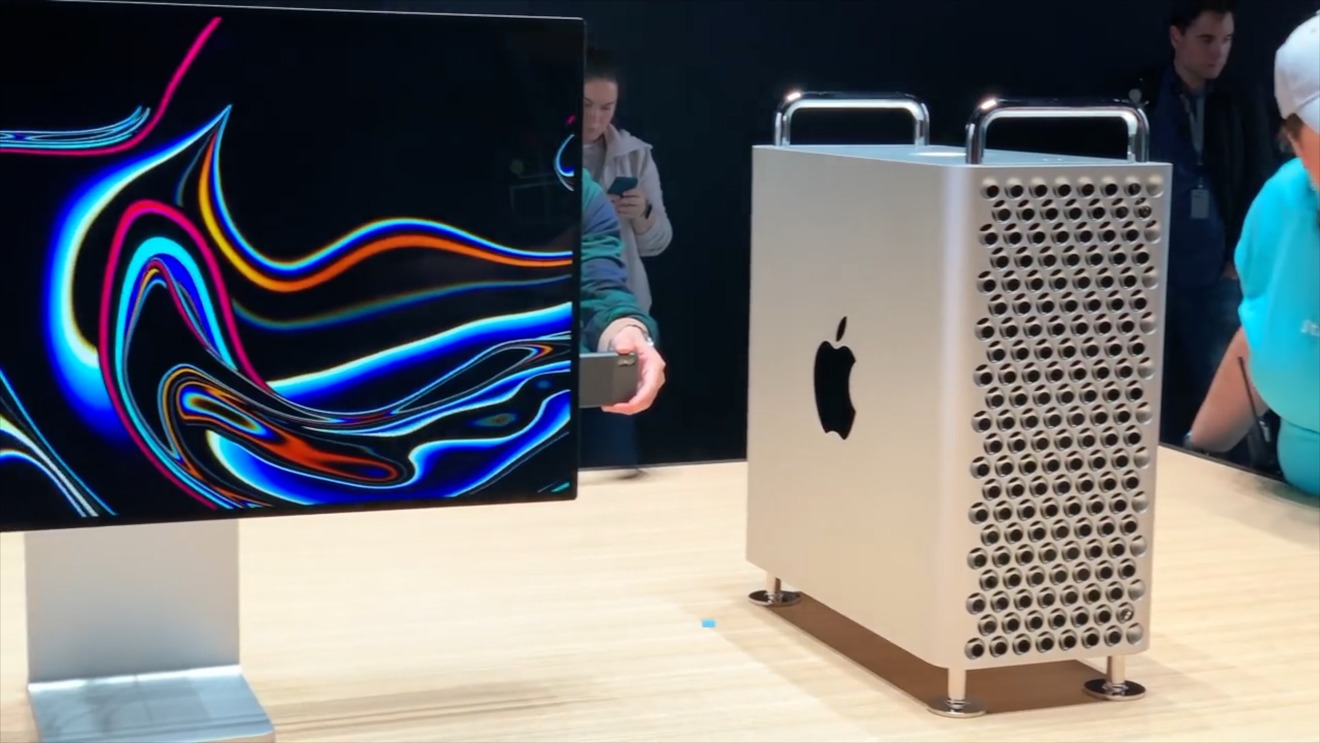
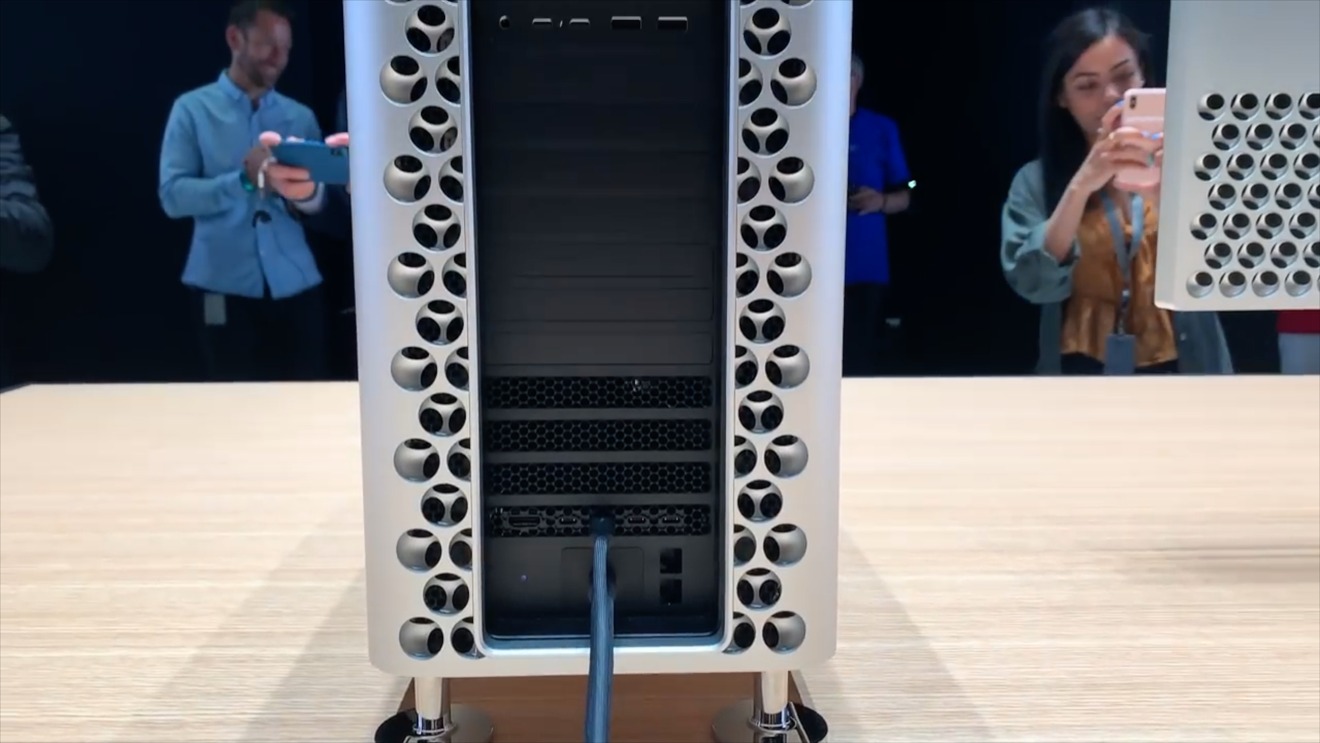
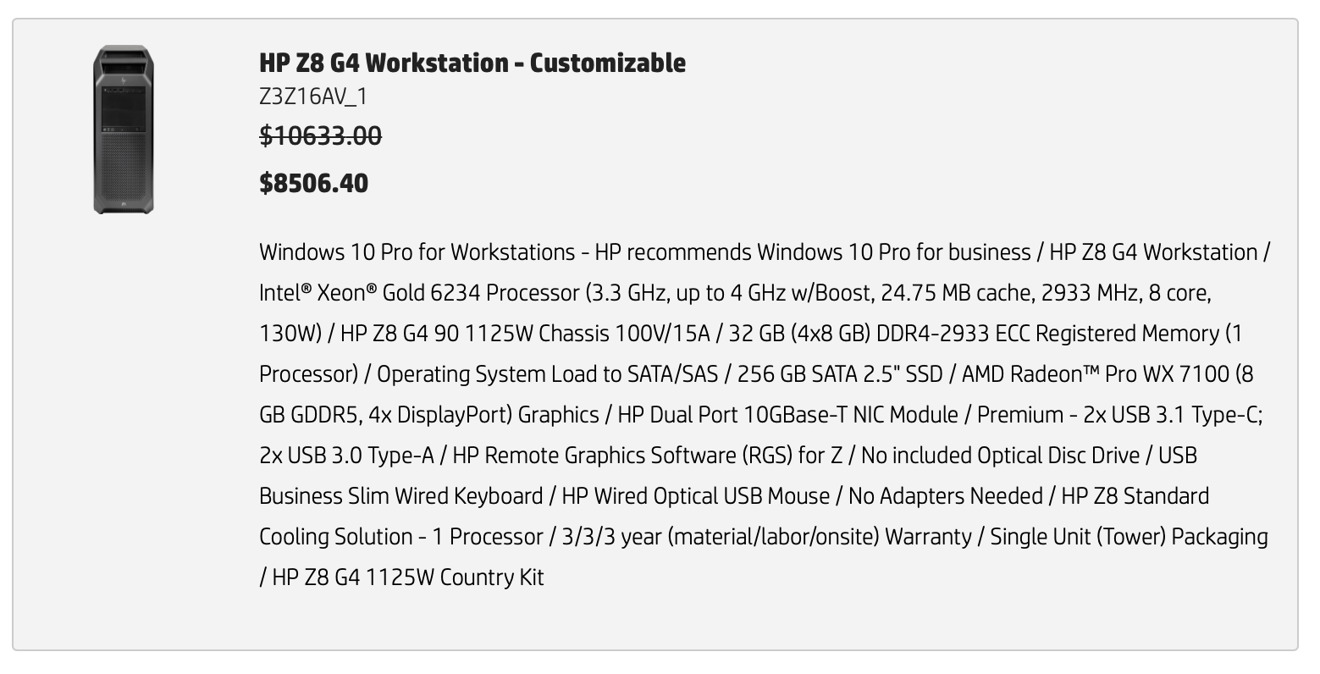
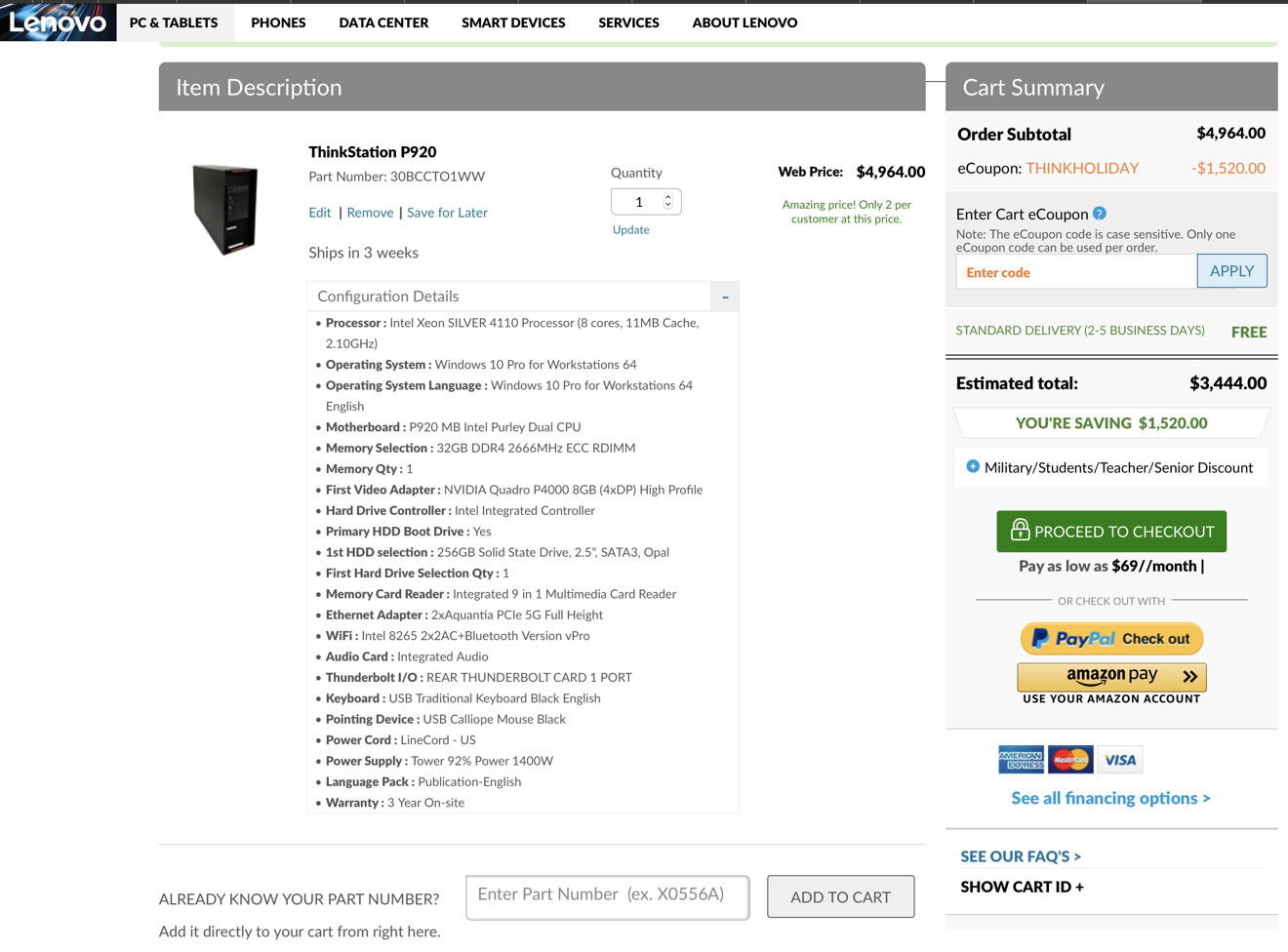
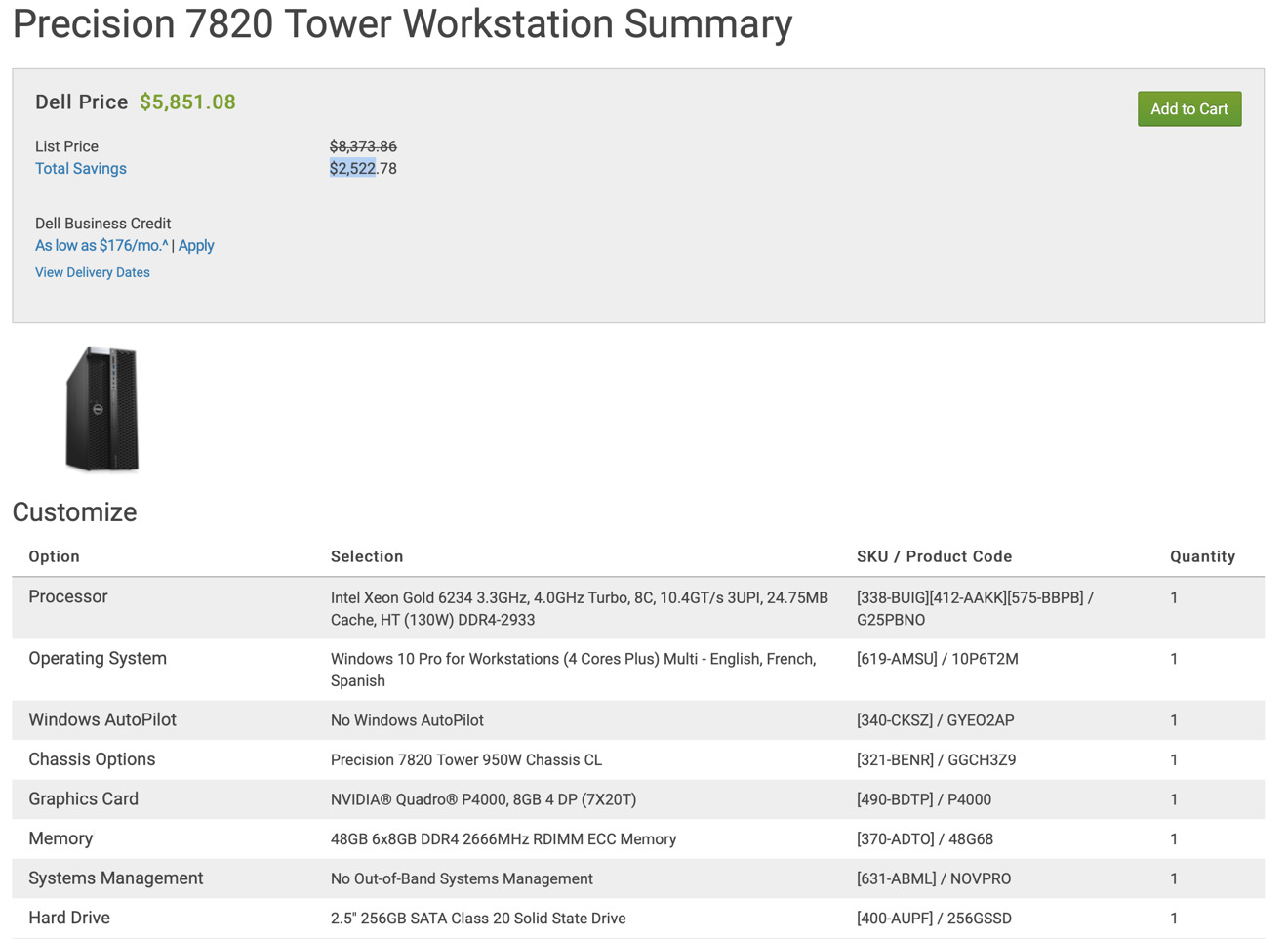
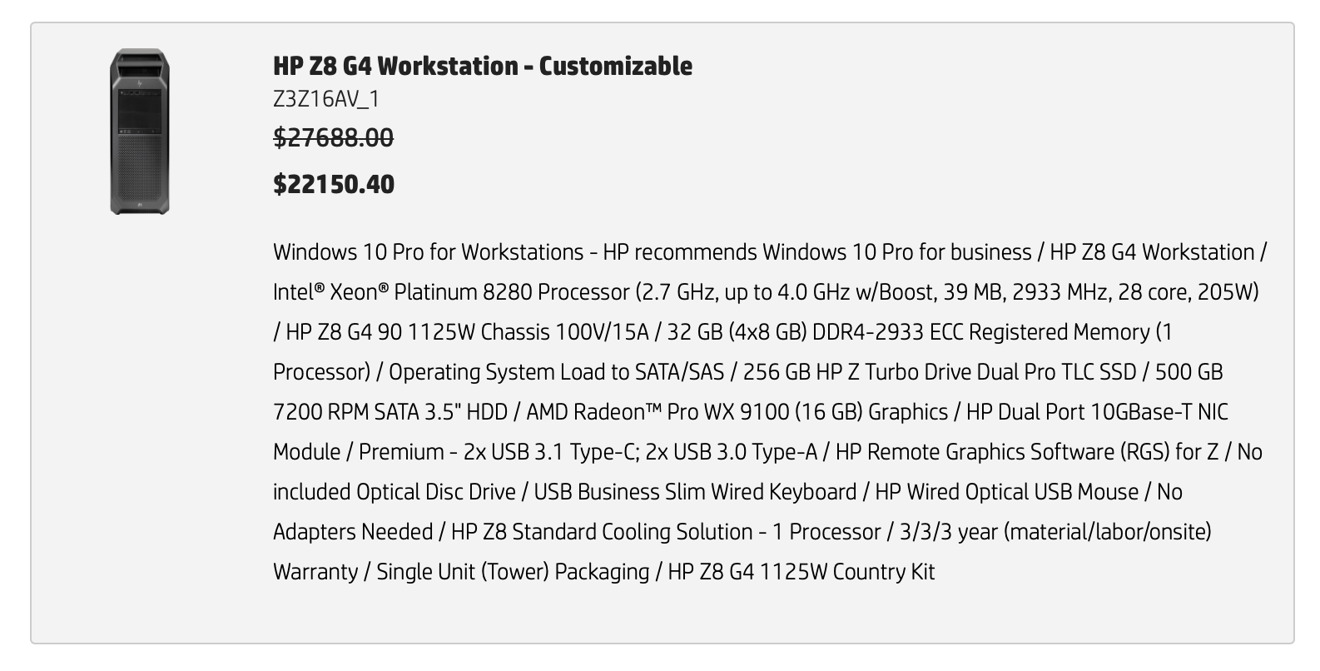
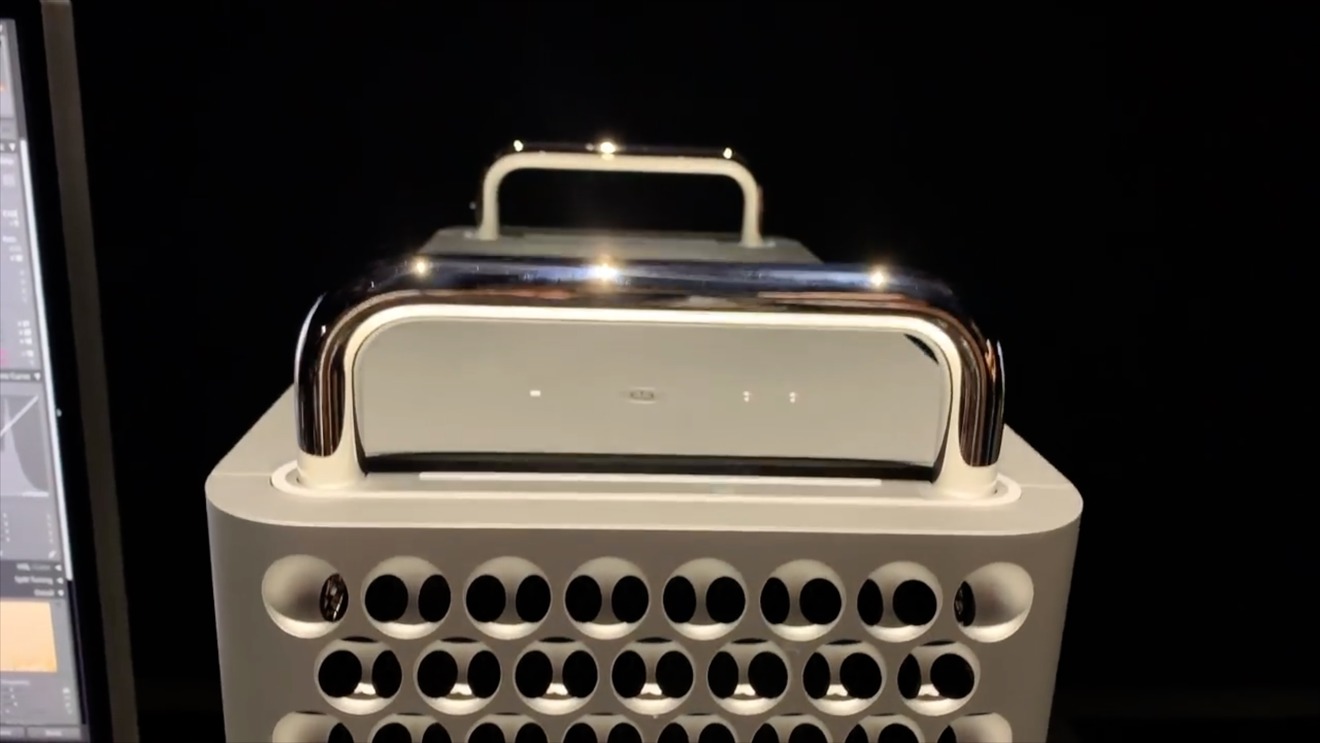











 Malcolm Owen
Malcolm Owen

 Christine McKee
Christine McKee
 William Gallagher
William Gallagher

 Marko Zivkovic
Marko Zivkovic









